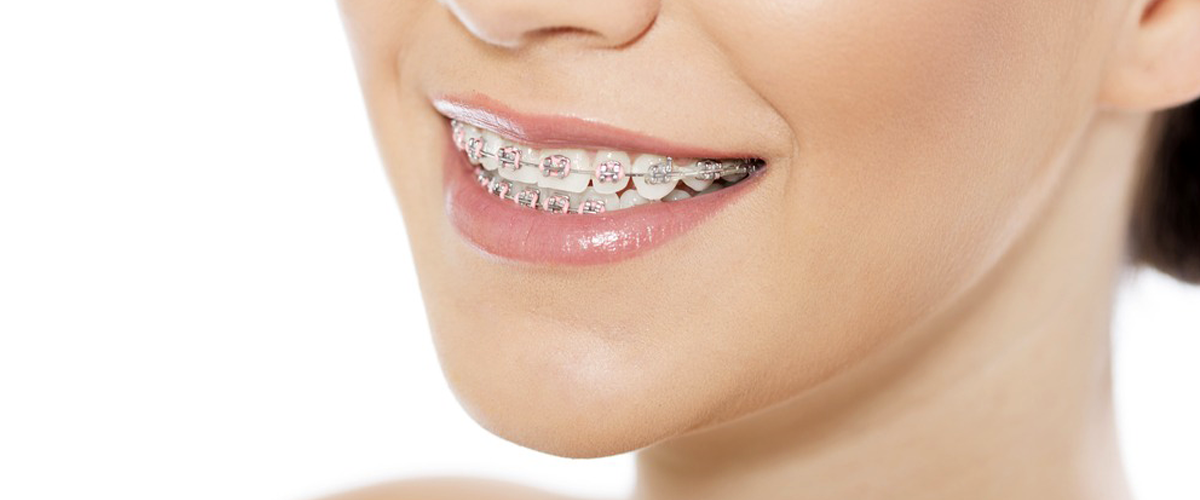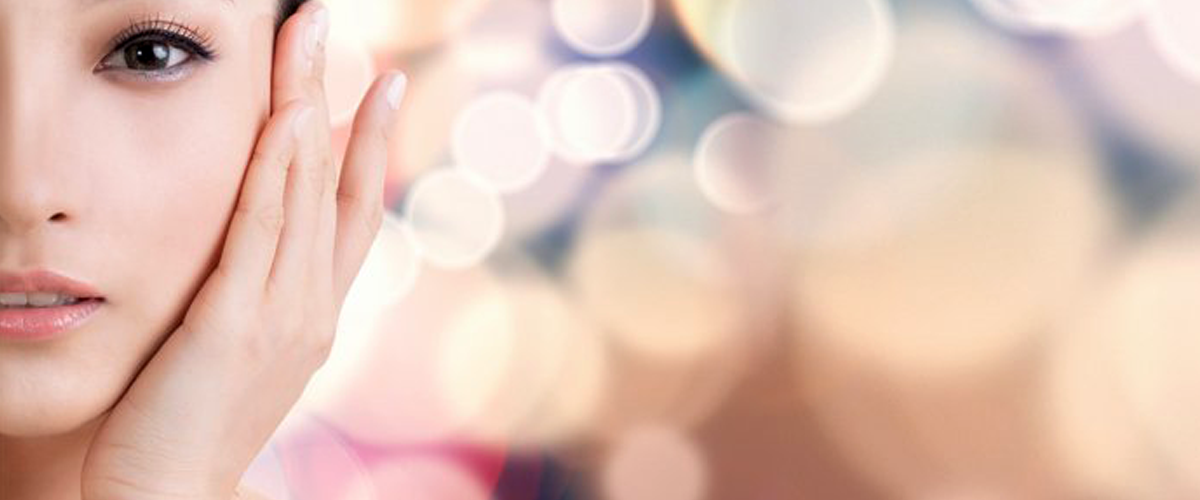
How Shinagawa LASIK Changed a Life of a Sportcaster
https://www.youtube.com/watch?v=fIQRKSVp5o8Charlie Cuna (PBA Sportscaster, Professor, and Lawyer) has been wearing glasses for almost 40 years, relying on them to read, play sports, and do a lot of stuff.His life made an impressive turn after a LASIK surgery at Shinagawa Lasik…



